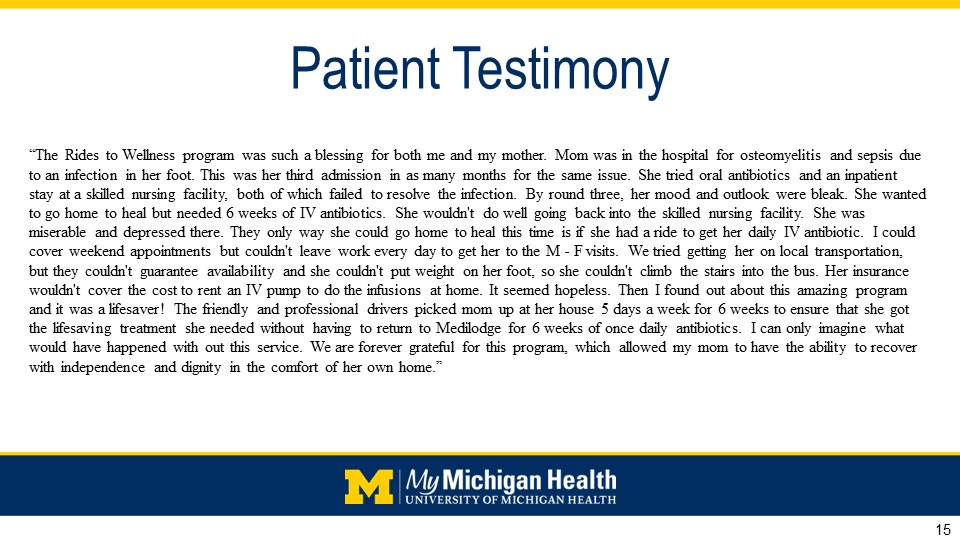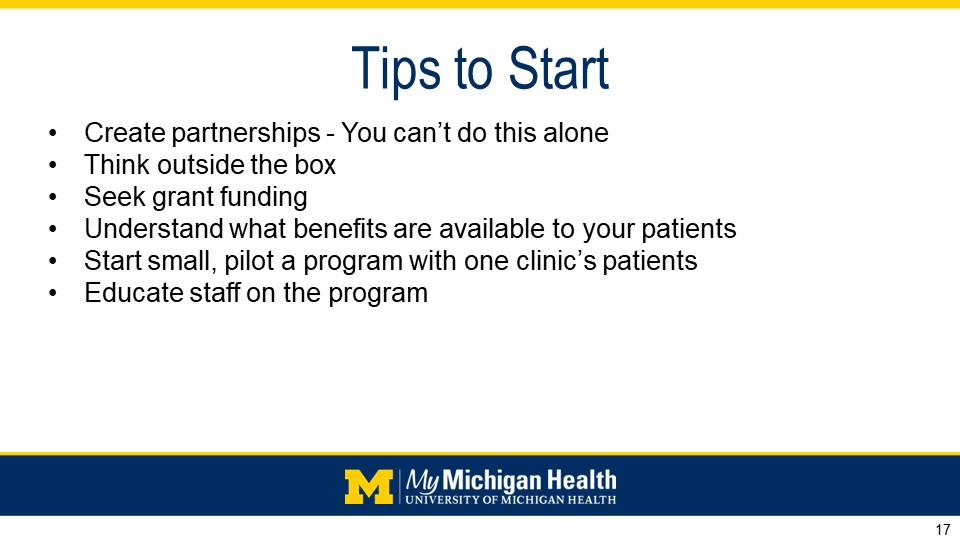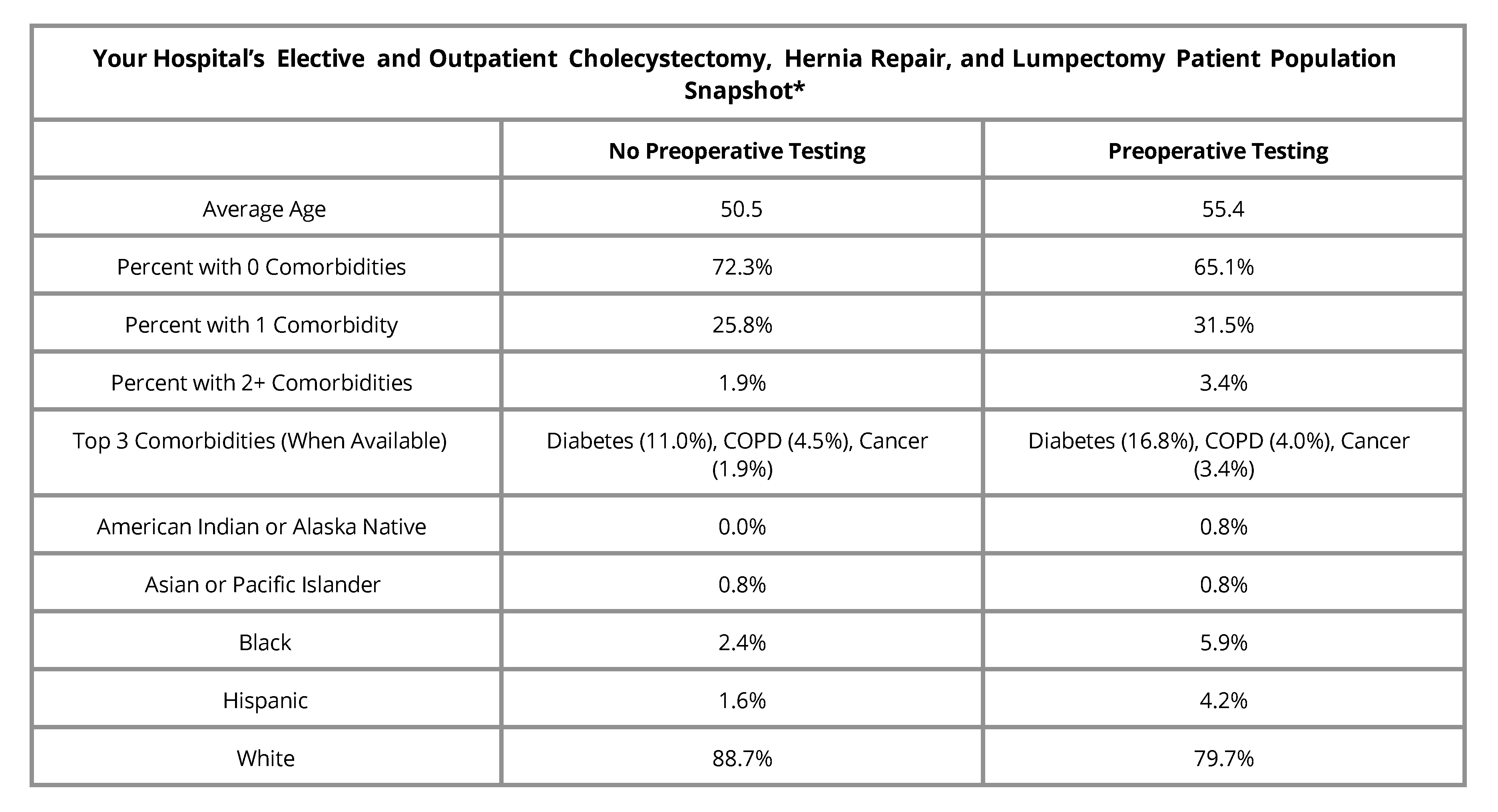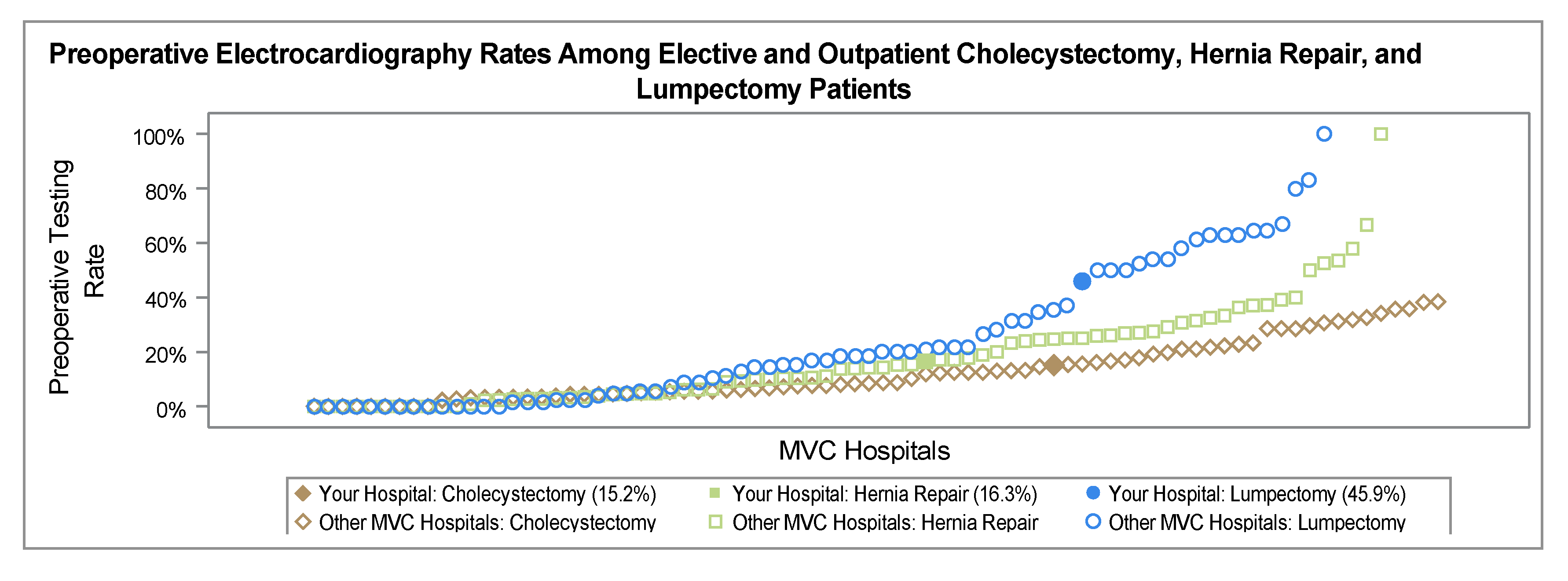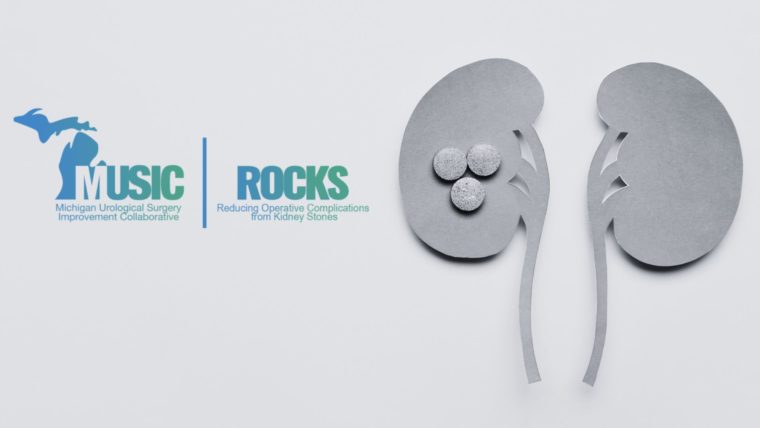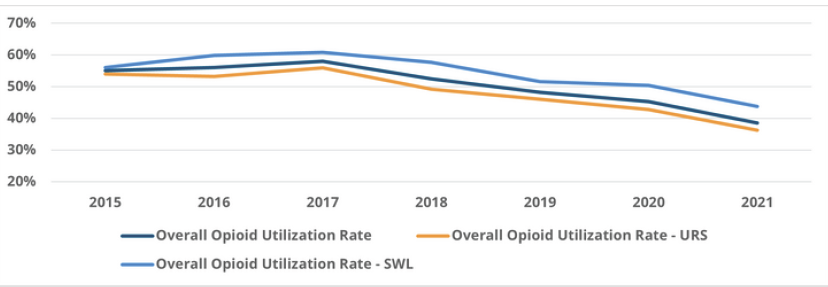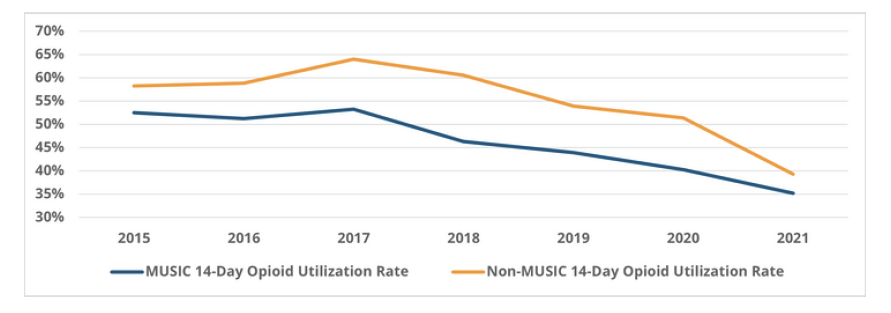You may have noticed MVC celebrating something special this year. If you haven’t guessed from our celebratory blogs, collaborative-wide meeting spotlights, and rather subtle email signatures, MVC is now 10 years old. It’s something as a Coordinating Center that we are incredibly proud of, and we thank each of you for your partnership in helping to grow the collaborative over the years.
MVC’s evolution as a collaborative has been informed by continued member insights and driven by dedicated strategic planning and considered implementation. As we look ahead to the next 10 years of operation and ensure MVC’s support offering continues to align with the future of value-driven healthcare, this practice of leveraging member feedback to shape development will continue to take center stage.
Over the last six months, we engaged with our members and other stakeholders to gather input on what is working well and needs to be protected, as well as taking time to identify where there are opportunities to introduce new service offerings. If we haven’t engaged with you directly and you have ideas, we’d love to hear them. The insights we received to date helped inform our collective vision as to what value-driven healthcare truly looks like and ultimately where MVC fits into this puzzle. I’m excited to share some of this thinking and highlight a number of new related developments we will tackle in the coming years.
As we see it, the pursuit of value in healthcare requires recognizing and embracing three key imperatives. First, although fee-for-service reimbursement will persist for the foreseeable future, population health management will continue to be the chief lever used by policymakers, payers, and providers to manage risk and cost. As payment arrangements further embrace two-sided risk, healthcare providers will need to refine internal processes to strengthen their understanding of their patient population, appreciate its heterogeneity, and respond nimbly to anticipate and optimize resource utilization. Understanding the entirety of the patient’s care pathway across providers and facilities is critical to identifying opportunities to optimize health, coordinate care, and mitigate utilization for acute illness, especially for patients with chronic conditions.
Inpatient care will continue to be a major driver of expenditures, and benchmarking of hospital-based services will continue to be a valuable tool to improve quality and control costs. However, there is an opportunity to conceptualize care delivery more broadly. Developing a more holistic approach to understanding utilization will not only allow for a more complete assessment of where expenditures occur but will also help better identify opportunities for savings. Sites of care exist along a continuum that includes large referral hospitals on one end but stretches as far as the patient’s home on the other. There are multiple options on this continuum—including community hospitals, physician offices, community health centers, ambulatory surgery centers (ASCs), hospital outpatient departments (HOPDs), pharmacies, skilled nursing facilities (SNFs), hospital-at-home, telehealth, and even wearable technology. All must be considered as options to rationalize sites and providers of care and right-size resources to the needs of the patient.
Finally, morbidity and mortality will continue to be important quality metrics, but our definition of quality needs to expand to include patient-centeredness and equity. We need to avoid adverse outcomes and promote positive behaviors, attitudes, and interactions with the healthcare system. Inadequate attention to the social and physical context in which patients live and work will diminish the effectiveness of health interventions and lead to waste. More importantly, understanding and accounting for social influencers of health is a critical element in the shift from treating illness to promoting health.
These three elements will be used to help shape our activity moving forward, both in terms of strengthening existing analytic and engagement platforms and delivering new innovative offerings to help drive member quality improvement efforts. Here’s a sneak peek of some of MVC’s future development areas:
Incorporating Pharmacy Claims
To better understand utilization, pinpoint where expenditures occur, and identify where savings can be made, we will look to consider all sites and providers of care that exist along the continuum. This includes pharmacies and related prescription drug spending. MVC now possesses pharmacy-level data for all sources, and efforts will be directed toward successfully integrating these claims across our existing infrastructure and future planned activity.
Integrating Michigan Medicaid and ED Episode Data
To help strengthen member understanding of their respective patient populations, MVC will leverage the recent receipt of Medicaid data to develop new value-add data offerings in the areas of health equity, women’s health, and pediatric care. Similarly, the creation of new episodes initiated by emergency department (ED) visits will be built upon to provide actionable information on care transitions and the trajectory of care for patients visiting the ED.
Broadening Beyond Inpatient Episodes
The various avenues a patient may take as part of their care pathway highlight the challenges of delivering and understanding coordinated care delivery. An episode-based approach helps to navigate these problems but only takes us so far, with some patients (e.g., those with ambulatory care-based events) still being overlooked. To reflect the importance of population health management, sites and providers of care, patient-centeredness, and equity in all MVC work, efforts will be directed to creatively broaden our data offering beyond inpatient episodes.
Incorporating Ambulatory Surgical Centers
To achieve our aim of considering all sites that exist along the care pathway, our efforts will first be directed towards incorporating ASCs into the collaborative. Many questions regarding the cost and quality of care provided at ASCs remain unanswered. This effort will aim to leverage MVC’s existing infrastructure and explore the introduction of innovative activities to answer such questions and encourage ASC participation.
Reflecting System Level Activity
In recent years, there has been a notable rise in hospital consolidation across Michigan. These developments have placed increased emphasis on the need for MVC to explore, develop, and implement new approaches aimed at supporting quality improvement efforts at the system level. This will look to build on our existing system reporting and engagement activity to better understand how these entities approach care delivery, what the related patient pathway looks like, and how this impacts other pieces of operation, including related incentive programs.
Emphasizing Equity in Healthcare
MVC has successfully integrated health equity and social risk measures into its existing reporting infrastructure. Moving forward, the Coordinating Center will look to discuss these different offerings and their perceived value with members to better understand their priorities and gaps in knowledge. From our discussions with members to date, it has been evident that many are still in an information-gathering phase and desire consensus around best practices. MVC will seek to identify differing approaches to health equity across the collaborative. Through enriching its understanding of member initiatives in the health equity space, MVC can identify common ground and communicate those findings through existing engagement platforms.
As always, we want each of these new developments to be reflective of member needs and feedback. If you have a particular interest in any of these areas or have ideas on what would be most helpful to your daily activities, please get in touch (Michigan-Value-Collaborative@med.umich.edu). We look forward to hearing from you and continuing to work together to improve the health of Michigan through sustainable, high-value healthcare.







